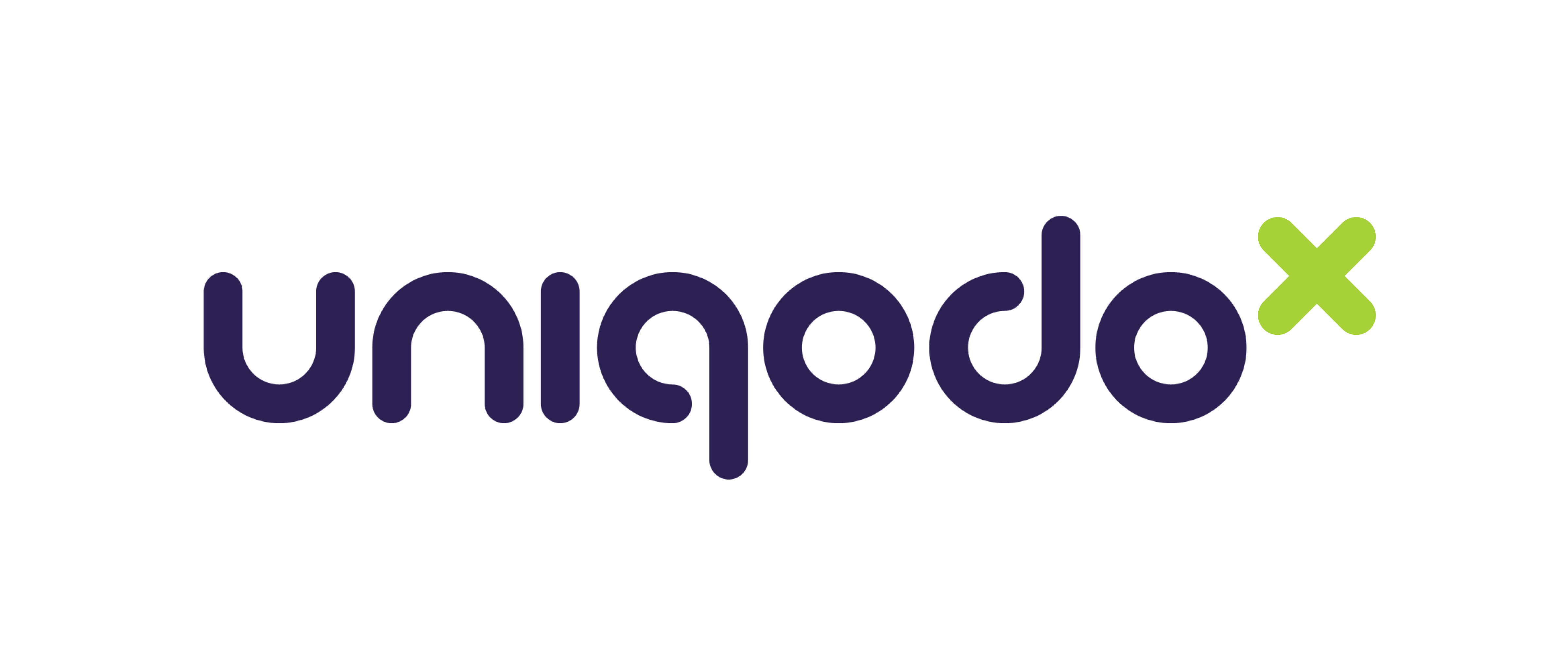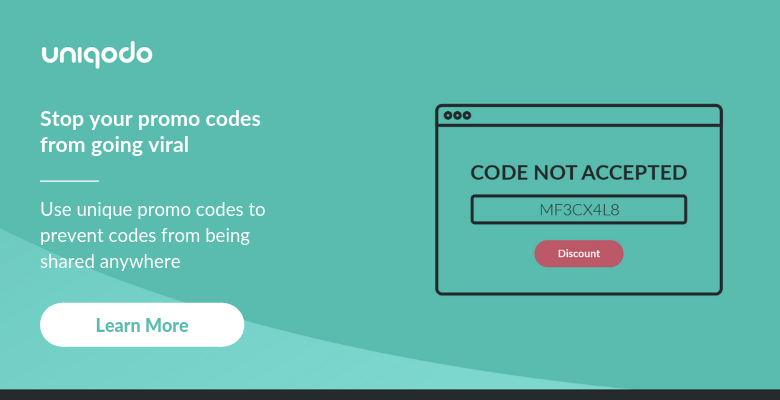A voucher marketing campaign requires giving away discounts — or even items — for free. Every discount is an investment. If you’re going to make a promo strategy work, calculating ROI is critical.
You need a plan for capturing information, tools to assess that information, and a benchmark for what good looks like. If you don’t, you won’t get the results you need — you will just cut into your bottom line. You need to make sure that you’re offering the right deals for your business, the right way.
Here, we are going to lay out the best practices for setting up a system able to give you the ROI analyses you need. Along the way, you will get some tips and tricks on how to maximise ROI and succeed.
Step 1: Understand the definition of ROI
Businesses make capital investments all the time, but in order to determine how prudent that capital investment is they need to understand what ROI is and how to calculate it. At its core, ROI is a relatively simple prospect. It’s simply the gross profits you make from an investment minus the upfront cost of that investment. This gives you a percentage which is the return on your investment.
Let’s say, for example, that you invest in a piece of software that costs you £1,000 a month but generates revenue of £1,500 a month. Your ROI in this case is 50%. You got the cost of your investment back plus 50% back as profit.
Where the waters are muddied, of course, is determining the overall cost of the investment and how much profit is directly attributable to it.
Let’s look at factors specific to a voucher marketing campaign. Some are pretty obvious while others are less so.
Obvious factors:
- Discount amount — One of the most obvious factors is the level of discount you provide the customer if they use your code. This can be a percentage of the full price, a fixed amount off the price of an item or an additional item added to the customer’s basket for free. In any case, it’s pretty easy to calculate.
- Associated costs — This is the overall cost associated with creating and processing the discounts. This is above and beyond the normal costs of processing an order. For example, this might be calculated as the monthly cost of your coupon code software divided by your monthly allowance of how many coupons you can create.
- Revenue gained from discounted purchases — How much the customers have paid for the discounted items.
Factors that are harder to determine
There are some factors, however, which are less readily calculable. These may include:
- The chances that the same purchase would have been made at full price. You could use a shopper’s cart abandonment history to help gauge this.
- The number of repeat purchases made by the customer as a result of past delivery of discounts. These can be at full price or based on discounts.
Step 2: Define your goals and KPIs
Understanding the associated costs and potential gains of a voucher marketing campaign is important. However, to really get a bead on your campaign’s ROI you need to have clearly identified parameters for success and a strong understanding of the factors that influence them. These will be the Key Performance Indicators (KPIs) that will tell you whether or not your campaign is getting you the results you need.
Different campaigns may have different KPIs but they may well include:
Brand awareness
If your brand is in its infancy or you simply have expansion in mind, increasing brand awareness is likely a priority for you. A brand awareness campaign will focus predominantly on targeting new customers by generating new leads. This in turn can be accomplished by encouraging social media follows and mentions, and leveraging promotions on social platforms to drive new unique visitors to your website. These are all useful KPIs. This is the only kind of campaign in which leaked voucher codes aren’t quite so damaging.
Customer loyalty
Alternatively, your campaign may be more concerned with increasing customer loyalty and coaxing lapsed customers back to your online store.
KPIs might include the number of average purchases made per month by existing customers or the frequency of purchases. It might include a customer’s average spend per basket or on a monthly basis. You might also want to track the average number of purchases they make in one visit.
If your coupon campaign encourages customers to share their own unique coupons (thereby becoming micro-influencers who can introduce your brand to their friends, family and colleagues), you might want to track their engagement with these shared coupons.
Not all of the KPIs for these campaigns need necessarily be monetary. Social media follows and engagement might also serve as useful indicators that a lapsed customer has regained their loyalty and is a potential evangelist for your brand.
Convince to re-purchase
Some products may need to be topped up or re-purchased regularly, such as consumables. You can use voucher campaigns to get customers buying the same items again on a regular basis. Track how frequently they’re bought (quarterly, monthly, weekly etc.) — repeat purchase rates will be your KPIs here.
Shopping cart abandonment
Targeting shopping cart abandonment is a huge priority for eCommerce as a whole. It will benefit you to take a look at your cart abandonment rates (if they’re less than 75.6%, they’re below average globally). You might also want to track rates per product line, open rate of email follow-ups sent when a cart is abandoned or use rate of discount offerings.
Step 3: Create manual or automated ways to track your KPIs
Whatever success factors and KPIs mean the most to your business, it’s essential to have effective ways to keep an eye on them without eating into your valuable time. Sure, you could track them manually and enter them into a spreadsheet but this can be tricky to sustain for larger campaigns.
A better idea would be to use a CRM and eCommerce software system that work in tandem with one another and enable you to track all of this information easily. Indeed, some eCommerce platforms will give you limited CRM functionality while most CRMs are designed to integrate seamlessly with a range of platforms.
A CRM like Salesforce or HubSpot can take the legwork out of tracking your KPIs, as can a dedicated eCommerce platform or Product Information Management system. These can help you to track your KPIs while facilitating easier feed management.
However, if you have a tool for creating unique promo codes, this will likely also have pretty comprehensive tracking functionalities of its own, which brings us to…
Step 4: Use unique, single-use codes
The real trick to getting a grasp on ROI is to leverage software that produces unique, single-use codes. These promo code engines not only insulate you from the risk of promo code leakage and misuse, they also take the legwork and the guesswork out of tracking KPIs and calculating ROI.
The analytics tools provided by these software solutions make it surprisingly easy to get a granular picture of how every different kind of code is performing and how often it’s used.
In fact, single use codes make it really easy to track the ROI of all related marketing efforts no matter what your KPIs may be. You can track the improvement of shopping cart abandonment rates, measure how effective different influencer marketing campaigns are, or measure the engagement rates of email outreach or loyalty programmes.
With automation taking care of the heavy lifting, you can focus your attention on tracking how the use of those codes impacts your desired outcomes like profits, customer engagement, and how your coupon codes might influence customer behaviour.
For instance, you don’t want to create a problem for yourself by conditioning customers to abandon their carts because they know it’s an easy way to get promos.
Think about your promotions and keep outcomes in mind
Calculating the ROI on your voucher marketing campaign can be tricky and can result in misinterpretation — so be sure to make it easier for yourself.
When you use unique, single-use codes, ROI is not only easier to measure, it puts you squarely in the driver’s seat. You can tailor the types of discounts you offer in line with your desired outcomes and track your KPIs with precision in real-time. Keep your outcomes in mind and know your KPIs and you can only ever steer the ship in the right direction!






Subscribe to the Blog